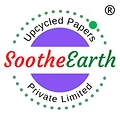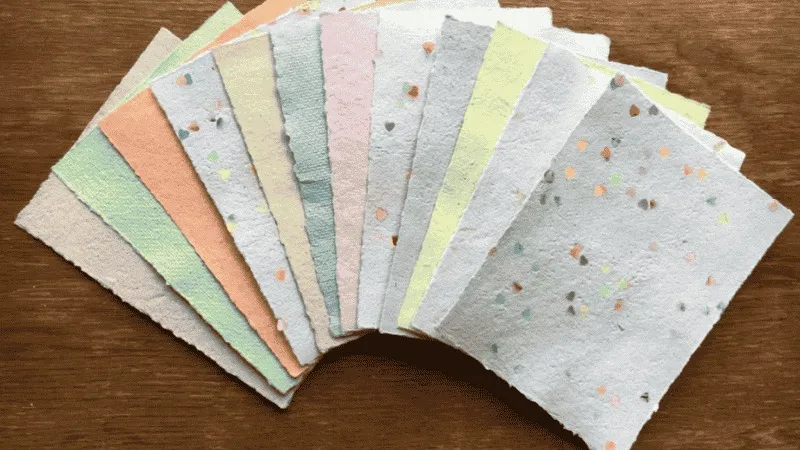Turning a New Leaf: The Heartwarming Story of Sustainable Paper
The Quiet Revolution on Our Desks: Embracing Sustainable Paper Think about the last time you held a piece of paper. Perhaps it was a printed document, a handwritten note, or the page of a beloved book. Paper is so ingrained in our daily lives that we often take it for granted. But behind that seemingly simple sheet lies a story of resources, processes, and ultimately, an impact on our planet. Now, imagine that story taking a more thoughtful turn, a path towards responsibility and care. This is the story of sustainable paper, a quiet revolution unfolding on our desks and in our hands. Choosing sustainable paper is more than just an environmentally sound decision; it\’s an act of conscious participation in a healthier future. It\’s about recognizing that the resources we use have a source and that we have the power to choose options that minimize harm and even contribute to positive change. This isn\’t about sacrificing quality or aesthetics; in fact, sustainable paper often comes with its own unique charm and character, reflecting the innovative and thoughtful ways it\’s produced. Beyond the Trees: The Ingenuity of Sustainable Paper Sources One of the most compelling aspects of paper is the ingenuity behind its creation. It moves beyond the traditional reliance solely on virgin wood pulp and explores a diverse range of alternative sources, each with its own fascinating story: Recycled Paper: Giving a second life to paper that has already served its purpose, reducing landfill waste and the need for new resources. Imagine the stories contained within those recycled fibers, now ready for a new chapter. Agricultural Waste: Turning what was once discarded – like banana stems, sugarcane bagasse, or wheat straw – into valuable paper. This not only reduces waste but also provides additional income streams for agricultural communities. Fast-Growing, Sustainably Managed Forests: When wood pulp is used, sustainable forestry practices ensure that trees are harvested responsibly, with reforestation efforts in place to maintain healthy ecosystems. Look for certifications like FSC (Forest Stewardship Council) to ensure responsible sourcing. Bamboo and Hemp: These fast-growing plants require less water and fewer pesticides than traditional trees, making them highly sustainable alternatives for paper production. Each of these sources tells a tale of resourcefulness and a commitment to finding gentler ways to meet our needs. The Ripple Effect: Why Choosing Sustainable Paper Matters The choice to use sustainable paper creates a ripple effect of positive environmental and social benefits: Reduced Deforestation: Lessening the pressure on our planet\’s vital forests, which play a crucial role in absorbing carbon dioxide and maintaining biodiversity. Lower Energy Consumption and Emissions: Often, the production of sustainable paper requires less energy and fewer harsh chemicals compared to traditional methods. Waste Diversion: Keeping valuable resources out of landfills and giving them new purpose. Support for Innovation and Ethical Practices: Choosing sustainable paper encourages the development of new eco-friendly technologies and supports businesses committed to responsible sourcing and production. It\’s about understanding that our everyday choices, even something as seemingly small as the paper we use, have a broader impact. By opting for sustainable paper, we become part of a positive cycle of change. Making Sustainable Choices: It\’s Easier Than You Think Incorporating paper into your life and work is often easier than you might imagine. Many businesses and individuals are now offering and seeking out these eco-conscious options. Look for recycled content labels on office paper, explore notebooks made from alternative fibers, and consider the environmental credentials of the paper products you purchase. By making these small shifts, we can collectively send a powerful message, driving demand for more sustainable practices and fostering a future where our relationship with paper is one of respect and responsibility. Choose sustainable paper – it\’s a simple yet significant way to turn a new leaf for our planet.
Turning a New Leaf: The Heartwarming Story of Sustainable Paper Read More »

